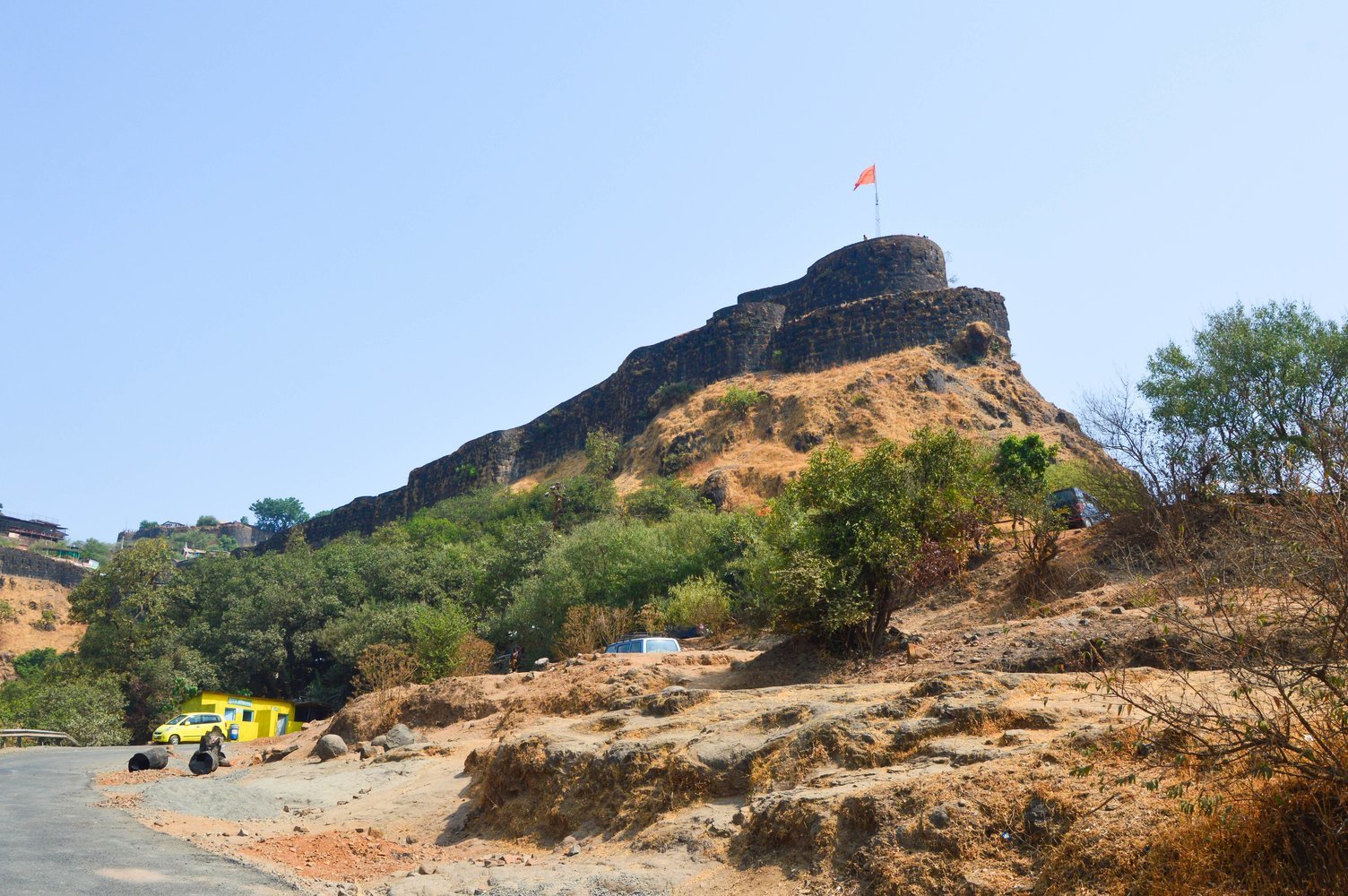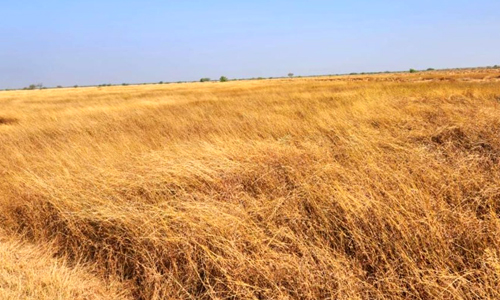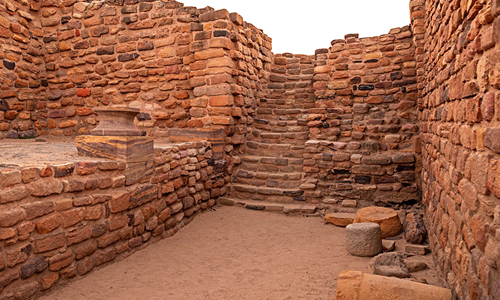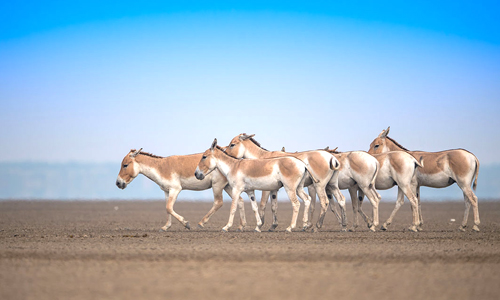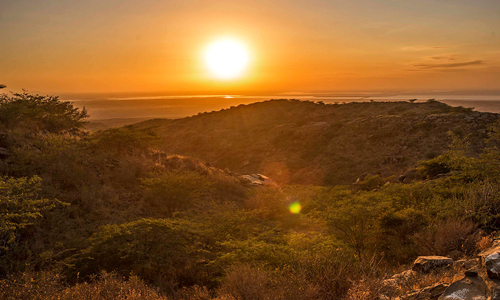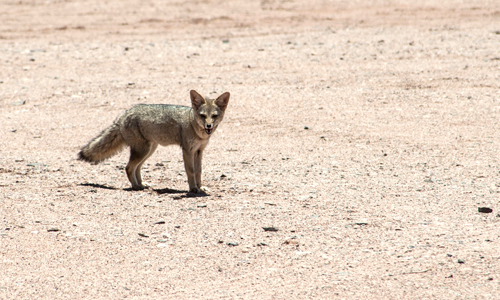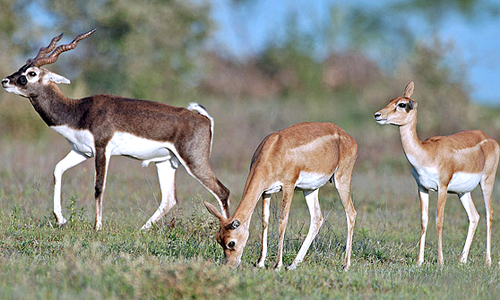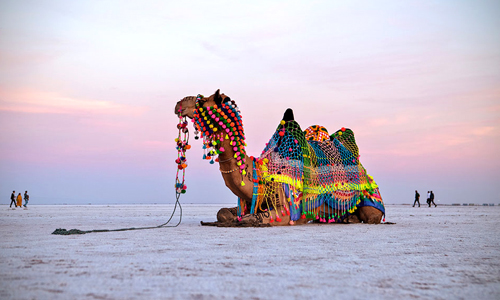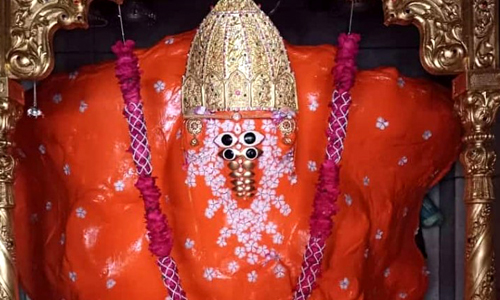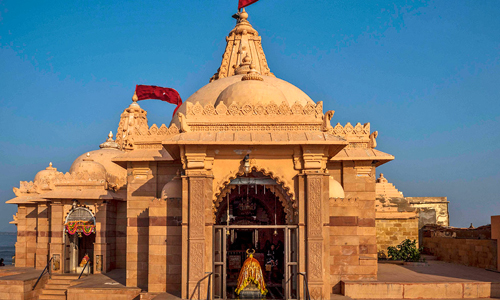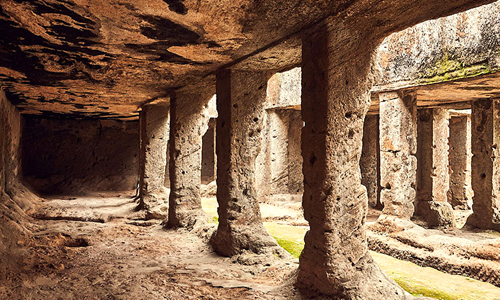An earthquake struck Lakhpat, altering the course of the village's history. Many people died as a result of the earthquake, and the channel of the Sindhu River shifted, turning this area into barren ground. Another quite interesting place to visit is Rann of Kutch.
History
The ruins of the Lakhpat fort are relics of the area's former prosperity as a trading center. The ramparts, which are more than 200 years old, continue to keep the Arabian Ocean at bay. The fort is claimed to be named after Rao Lakha, who governed Sindh in the middle of the thirteenth century.
Most political changes occurred in this little town during the 1800s, when the city passed from Fateh Muhammad, who built the walls, to Mohim Miyam, the commander of the fort. It deteriorated over the centuries as trade declined and residents relocated to greener pastures.
What is Lakhpat famous for?
Lakhpat is located in the northwestern portion of Kutch, approximately 135 kilometers from Bhuj. Many religions place a high value on this location. It is a belief that Guru Nanak has rested here on his way to Mecca. The spot where he camped is now a gurdwara, which Sikhs revere.
What happened to Lakhpat?
The town of Lakhpat is supposed to have been home to countless billionaires. It is how it earned its name from the Hindi term Lakhpati, which means millionaire. Apparently, the robbers constituted a big threat to the rich town, which became a major concern for the residents.
Fateh Muhammad, one of the administrative chiefs of the period, recommended the construction of a protective wall around Lakhpat to the monarch of Lakhpat to ward off robbers. The king, however, rejected the proposal because of a lack of cash to commission the building.
Why is Lakhpat popular as a ghost town?
An earthquake struck Lakhpat, altering the course of the village's history. Many people died as a result of the earthquake, and the channel of the Sindhu River shifted, turning this area into barren ground. However, it is a must-see attraction for the Rann of Kutch travel package.


